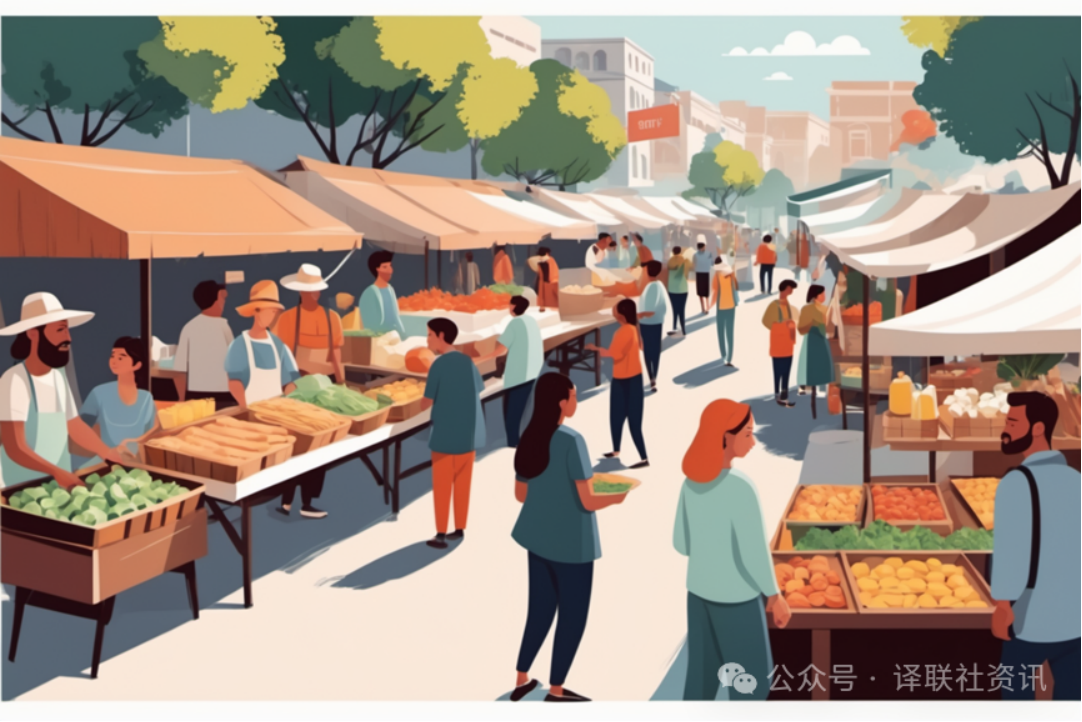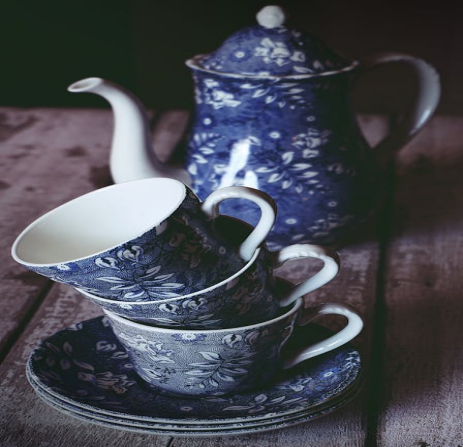The same world, different culture.
Chinese sugar painting, a fascinating traditional handicraft, remains dazzling after hundreds of years. It is not merely a type of cuisine but also a cultural heritage and artistic expression.
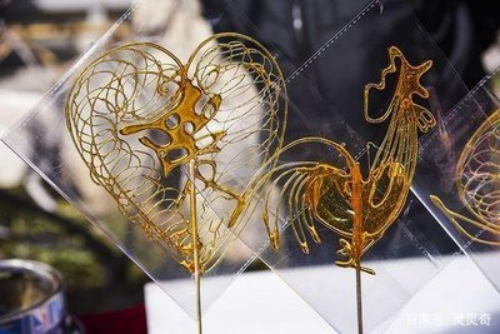
The history of sugar painting can be traced back to the Ming Dynasty, when people would melt sugar to create images of various animals and figures as offerings for sacrifices, known as "sugar ministers." By the Qing Dynasty, sugar painting became more popular, and the production techniques became increasingly refined, with a broader range of themes, such as dragons, phoenixes, and fish. Using sugar as ink and a spoon as a brush, sugar painting creates vivid images on stone plates, making them both observable and edible, hence the folk names "poured sugar figures," "poured sugar cakes," or "sugar shadows."
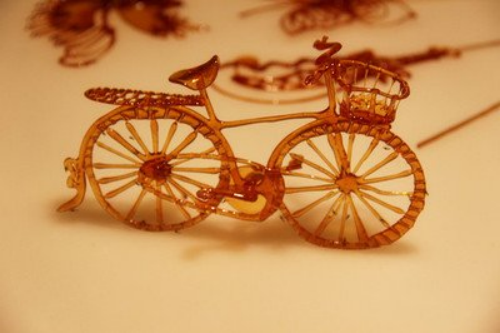
The production process of sugar painting is complex and intricate. Artisans need to first heat and melt sugar blocks, then quickly draw patterns on the stone plate, attach a bamboo stick while it's still hot, and let the sugar cool and solidify. Afterward, a sweet piece of art is completed. The themes of sugar painting are diverse, including mythical figures, auspicious flowers and fruits, birds and animals, landscapes, and text, with each piece embodying the artisan's wisdom and craftsmanship.
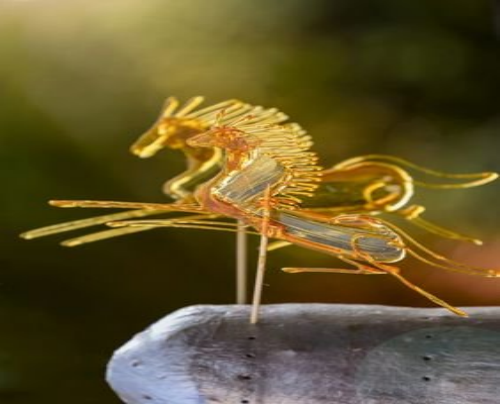
Sugar painting is not only a skill but also a century-old legend that carries the memories and emotions of countless people. In modern society, sugar painting remains deeply loved by people, especially at temple fairs, markets, parks, and other venues. The stalls of sugar painting artisans are always surrounded by curious and admiring crowds. With its exquisite patterns and rich symbolism, sugar painting demonstrates the wisdom and aesthetics of the Chinese nation, becoming an indispensable part of Chinese traditional culture.
Today, sugar painting has been listed in the national intangible cultural heritage directory. This is not only recognition of the sugar painting technique but also a hope for its inheritance and promotion. We hope that in the future, more people can understand and appreciate sugar painting, letting this ancient art shine with new brilliance in modern society.
